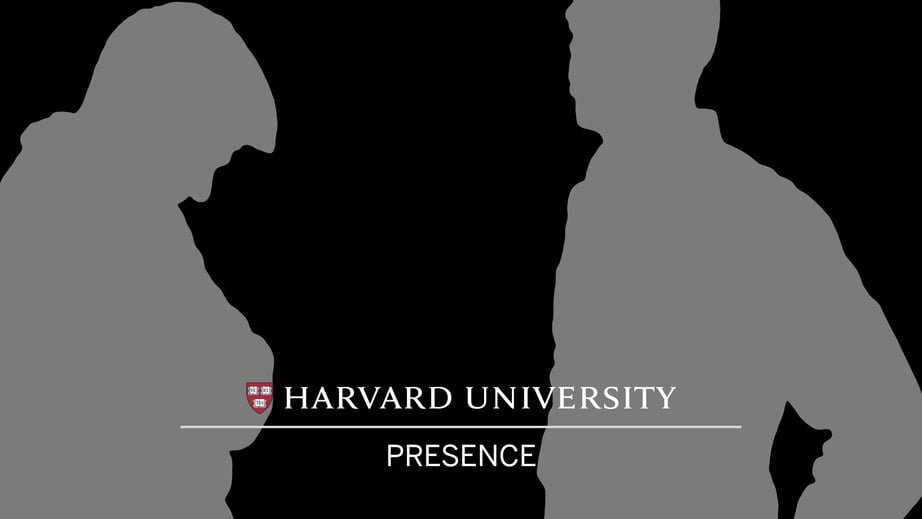Experts have argued passionately about the importance of creating and maintaining presence in the workplace. Defined by productivity and health experts as an essential element of a successful employee, from the c-suite to the interns, presence is cultivated by “learning to access your core skills, values, beliefs, knowledge, and expertise and bring them forward in high pressured situations”. Professor Amy Cuddy believes that by cultivating presence, you can become a better professional, a better team member and healthier to boot.
To achieve real presence in the workplace, it is also important to be present. Myriad high pressure situations occur during the course of our working day and our ability to harness core skills, values, beliefs, knowledge and expertise in a specific moment and bring them to bear in a specific high pressure situation often brings out the best in us.
However, achieving this kind of moment-to-moment presence can be extremely difficult to achieve, considering the many digital and digitised distractions we face daily.
In spite of this, some of the best minds in the world maintain that constant, rapid connectivity is the route to business success in an ever-shifting digital landscape. Professionals nowadays are encouraged to be disruptive, to upgrade, to be connected, to move quickly, or be left behind. We are excitedly taught to embrace digital disruption, but not how to thrive in an age of digital distraction.
Although uncritically embracing digital disruption can produce what Monideepa Tarafdar calls technostress, overcoming the human and business pitfalls of digital distraction requires us to radically change the way https://en.wikipedia.org/wiki/Technostresswe think about the adoption of digital technologies into our personal and professional lives.
The author Douglas Rushkoff has written eloquently about some of the problems of bringing our whole selves to the digital workplace in his book Present Shock: When Everything Happens Now. Rushkoff writes about the ways people in digitised environments suffer from presentism, that we live in an always-on culture, in which our digiphrenia, or the way in which technology allows us to be in more than one place, and in more than one self at the same time, makes it difficult for people to adapt.
[/vc_column_text][/vc_column][/vc_row]
Being Present in The Digitised Workplace
So how can we achieve presence in the present? From a technical perspective, it is time we reimagined, from the ground up, the design of digital tools and digitised environments to reflect net positive gains in human experience, not just human efficiency. Should measures of success be taken wholesale from advertising and focus on gathering as much of our attention as possible? Should we keep judging technology on its ability to Hook us?
Designing digital experiences and literacy for the enhancement of the human experience, and not solely for efficiency or attention will help to support continued human and professional development, an essential skill considering the impending fears of the increasingly automated workplace. To this end, CIO and CDO will require additional skills that will become increasingly important in the digital economy. Previously considered ‘soft skills’ such as psychology, behaviour design, mindfulness and more, will become important tools in the CIO and CDO toolbox. Helping the modern workforce achieve presence in the present will require a mixture of digital literacy skills and concerted effort from digital creators to design technology with humanity in mind from the ground up.
While the solutions to presence in the present are complex, a wider discussion amongst digital workers, employers, industry experts, designers and engineers is vital to decide how we shape our future digital environments. Doing so will have incredible ROI not just for businesses, but also for the productivity and wellbeing of millions of professionals around the world.
